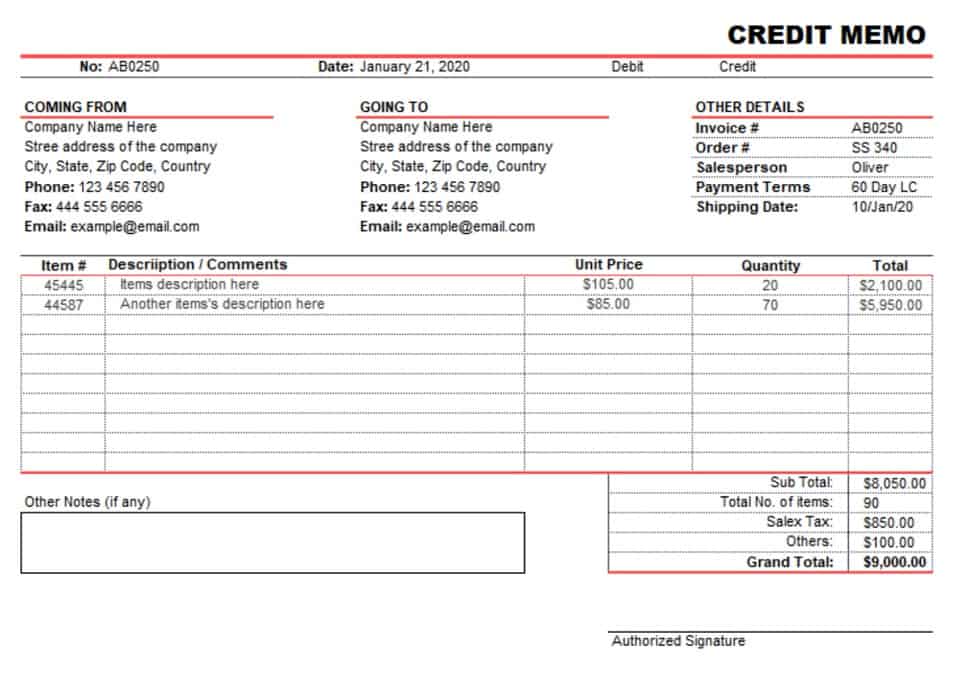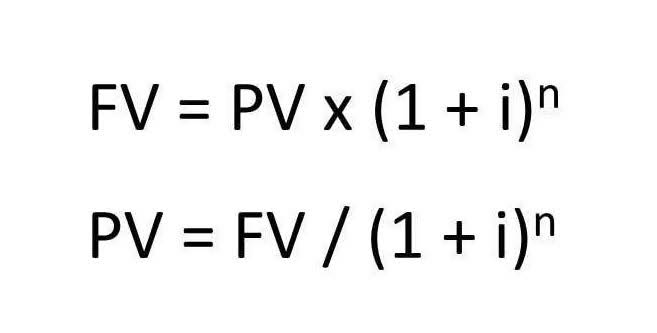Opening balance sheet definition

However, without accurate data being entered into the system, even the most highly-performing accounting software will struggle to give you meaningful output. Introducing streamlined cash flow and bookkeeping procedures can make sure your accounts are kept on track. You may choose to have shorter financial periods in order to keep an even closer eye on your business. For this reason, you may want to introduce opening and closing balances on a monthly basis, quarterly or six-monthly basis. Without an accurate opening balance, even the best accounting software in the world will be limited in what insights it can show you.

What is Opening Balance Equity?
They are reported under the shareholder’s equity section of the balance sheet. In the realm of finance, credit balance holds significant importance, representing a fundamental concept within financial accounts and transactions. This article delves petty cash into what credit balance entails, its implications, and how it impacts various financial scenarios. From there, you’ll be able to view all the transactions and entries that are contributing to the current balance of the Opening Balance Equity account.
- Then, you enter the balance of your real-life bank account for whatever day you choose.
- Financial professionals often scrutinize the Opening Balance Equity account to ensure that the balances are being correctly resolved.
- Quite simply, the opening balance of an account is the amount of money, negative or positive, in your account at the start of the accounting period.
- The total assets ($300,000) equal the total of liabilities and equity ($100,000 + $200,000).
- If you just opened a new account at your bank, use the day you opened the account.
- Once the account entry process is completed for all accounts, compare the total opening balance equity to the sum of all beginning equity accounts listed in the prior account balances.
Calculating Opening Balances

These balances are usually carried forward from the ending balance sheet for the immediately preceding reporting period. If a business has just begun, then the opening balance sheet will contain no account balances at all, or perhaps the equity contributions (and offsetting cash balances) of investors. A newly started business will not have any closing balances for the previous accounting year that has to be carried forward. Instead, the investments and capital of the business will be entered as opening balance for the current accounting year. Mooncard offers simple, tailor-made solutions which can allow your closing balance to be carried over automatically into the next accounting period, seamlessly setting the groundwork for the year ahead. Whether you use accrual or cash flow accounting methods, financial statements can be generated on demand, whether it be for audit purposes or just for internal analysis.
- It is very important for businesses to maintain their financial records properly in order to showcase the true state of the companies.
- Accounting adjustments are essential for ensuring the accuracy of the opening balance and, ultimately, the company’s financial statements.
- It can also be used to provide clear and transparent answers to your investor or the taxman.
- In case you want to review the entries made, you can pull up or print a report for Journal.
- The more you understand your opening and closing balances, the more valuable they’ll become.
Frequently Asked Questions
However, if the bank has to transfer that amount to another bank, it takes time to verify the receiver’s details. Similarly, banks use the clearing system to confirm and verify different types of payment instruments. If the payer’s bank returns the check for any reason, the depositor’s bank will reverse the earlier transaction resulting in a reduced balance for the same amount. Brokers require a minimum account balance as a margin that can be used by the trader for trading but cannot be withdrawn without the prior consent of the broker. When trades deposit money into their accounts, they use leverage margins to make trade moves.
It represents the brought forward or opening amount of an asset, liability, or equity item from the preceding financial year. If you’ve just started a new Accounting Security business, or it’s your first time managing the accounts, you’re probably discovering a lot of unfamiliar terms. To make the above concept easy and understandable, a snippet of the cash account will help you in understanding the opening and closing balance of an account. Anyone entering the world of business accounting for the first time will find a whole range of unfamiliar terminology being bandied about.

May 2025 Client of the Month: ECN Music
- According to modern rules of accounting when there is an increase in the value of income the particular income account gets credited and vice-versa.
- Money from investors or lenders will be entered as transactions during the accounting period.
- The Opening Balance Equity account should have a $0.00 balance once everything has been set up correctly.
- The debit or credit balance of a ledger account brought forward from the old accounting period to the new accounting period is called opening balance.
- This way, we’d be able to determine where the open balance is coming from.
- As you navigate the complexities of accounting, becoming well-versed in the terminology will undoubtedly serve as an invaluable asset.
When you make payments towards the credit you’ve used, your credit limit is replenished and you have new available credit. The most common revolving account is a credit card, but some loans also offer revolving terms, such as home equity lines of credit and overdraft reserve accounts. On your credit report, you’ll see your credit limit, current balance and minimum monthly payment listed for each revolving account. The audit process includes testing the transactions that reduce the Opening Balance Equity account.
In this case, the last entry in the old accounts is the opening balance in the what is opening balance equity new accounts. I need to pull a report which shows the customer, the product/service (or even class) and balance remaining on their invoices. If you’re looking for a more in-depth report that will display open balances for each of your customers, try running the Customer Balance Detail Report. This report shows you how much each customer owes you, and the corresponding individual invoices.

Credit balance serves as a crucial indicator of financial health, reflecting surplus funds or value in various accounts. Understanding its implications helps individuals and businesses manage finances effectively, ensuring readiness for expenses, investments, and financial goals. By maintaining accurate records and leveraging credit balances wisely, stakeholders can optimize financial strategies and navigate economic uncertainties with confidence. Once the account entry process is completed for all accounts, compare the total opening balance equity to the sum of all beginning equity accounts listed in the prior account balances.
When you start a new business your opening balances are zero, unless you spent money before setting it up. Money from investors or lenders will be entered as transactions during the accounting period. An opening balance is the balance of an account at the start of an accounting period. It’s brought forward from the closing balance of the previous accounting period. Molly’s closing balance is calculated as the sum of the difference between all the credits and debits of her business over the twelve-month accounting period. The closing balance of £28,000 is then carried over to her next year and becomes her opening balance for the year which will begin on 12 March 2022.